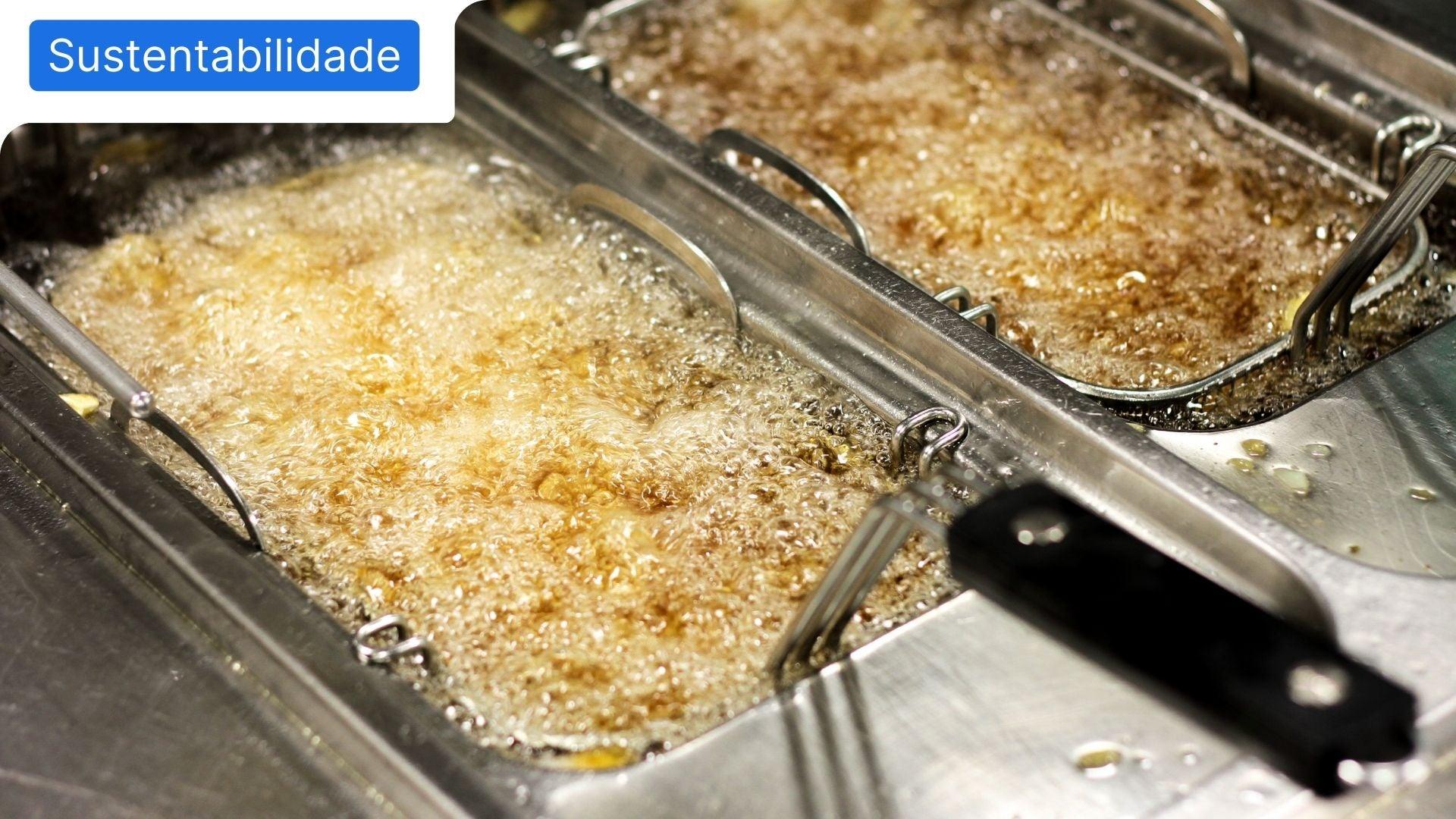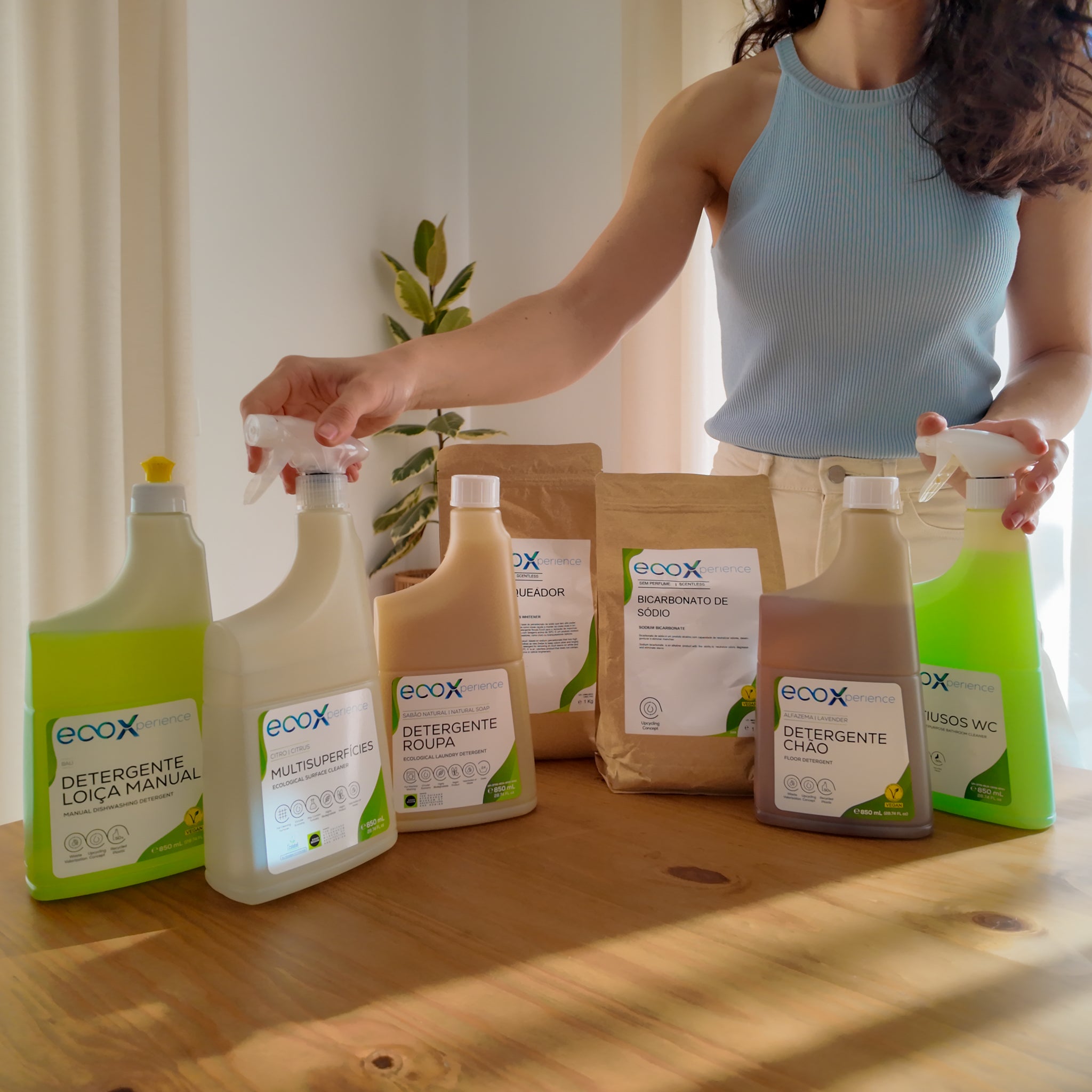
Does the frying process affect the quality of the cooking oil?
Before we recycle used cooking oil , we use it to cook food. Does the frying process affect its quality?
Does the frying process affect the quality of cooking oil?
Vegetable-based edible oils are made up of glycerides, esters derived from glycerin and fatty acids, which can take on 3 forms:
- Monoglycerides;
- Diglycerides;
- Triglycerides.
These 3 elements are distinguished by the number of fatty acid molecules attached to the glycerol molecule (Thomas, 2002).
The options available on the market regarding oils for food use present significant differences in their chemical composition, influencing chemical-physical parameters such as, for example, hydrophobicity.
Saturated oils exhibit a higher degree of viscosity, as well as superior resistance to oxidation, as opposed to oils with a high linoleic acid content, which are rapidly degradable (Fox, NJ et. al., 2007).
When in contact with a heat source, heating the oil above 180ºC causes the formation of polyunsaturated compounds, as well as soot and ash in suspension (which darken the natural tone of the oil) whenever it is exposed to a temperature above 250ºC.
During the frying process, food releases part of the water it contains, which causes the hydrolysis of triglycerides and subsequent decomposition into free fatty acids and diglycerides, which results in an increase in the level of acidity (see figure below).

Likewise, oxidation phenomena of oils can occur whenever there is contact between oxygen, dissolved in the oil, reacting with unsaturated fatty acids, leading to the formation of hydroperoxides, which in turn are oxidized to alcohols, aldehydes, ketones, esters and other hydrocarbons.
In this way, it was possible to verify that the oxidation of oils causes changes in their physical-chemical and organoleptic characteristics.
Do changes during frying prevent the valorization of used cooking oils?
However, after determining the specific differences inherent to virgin and used oils, it was observed that the properties of Used Cooking Oils (UCO) do not constitute an impediment to the valorization of these resources as raw material, as long as they are not intended for human food products and have been subject to filtration and decantation to separate components of heterogeneous mixtures.
Currently, the recovery of this type of waste has very little recognition on the market, and as a rule they are always found agglomerated with corrosive and dermatologically dangerous saponifying agents.
The research carried out demonstrated that vegetable oils and animal fats are the main saponifiable materials ( Caster, JM et. al. , 2000).
In the saponification reaction, the triglyceride is treated with a strong base to accelerate the cleavage of the ester bond and release the fatty acid salt and glycerol. However, another technique used consists of precipitating glycerol by adding sodium chloride to the saponifiable raw material, obtaining formulations with high concentrations of alkaline agents such as sodium metasilicate, sodium hydroxide or potassium hydroxide.
This practice limits the use of saponified compounds in domestic consumption and in some industries because they are highly corrosive elements.
EcoXperience studied alternative saponification techniques that did not pose any health risks, verifying that triglycerides subjected to a hydrolysis process give rise to carboxylic acid and glycerol, and then the fatty acid is neutralized with a base agent, thus creating soap.
In this process, the soap is purified, resulting in cleaning products with increased quality and without negative impact on dermatological and environmental levels.







